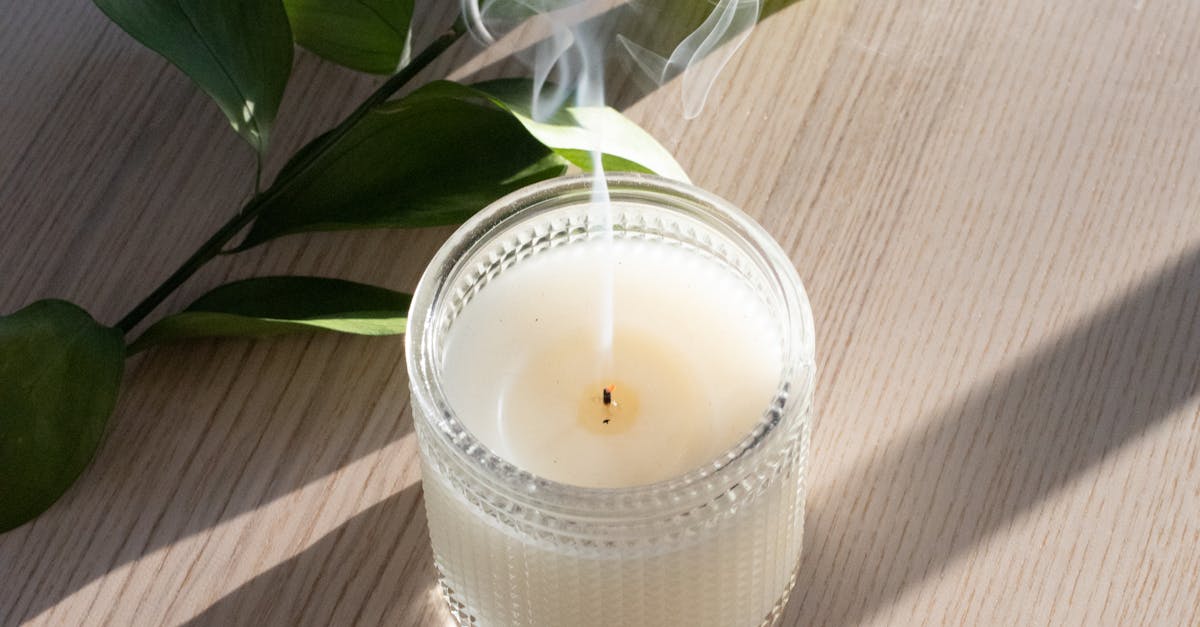Unveiling the Secrets to Air Plant Humidity Success: A Comprehensive Guide to Thriving Foliage

Unlocking Air Plant Thriving Secrets: Humidity Wisdom for Lush Foliage
Immerse yourself in the captivating world of air plants, where humidity reigns as a life-giving force. These fascinating plants, with their ethereal appearance and effortless adaptability, invite us on a journey to uncover the secrets of their thriving nature. This comprehensive guide unveils the ideal humidity level that fosters their well-being, equips you with practical techniques for maintaining it, and unravels the signs of humidity imbalance. Embrace the joy of nurturing these botanical wonders as we delve into the heart of air plant humidity needs, setting them on a path to vibrant growth and enduring beauty.
Delving into the Humidity Needs of Air Plants
Join us as we delve into the intricate world of air plants, exploring their unique characteristics and discovering why humidity plays a pivotal role in their survival and prosperity. These remarkable plants, hailing from the humid rainforests of Central and South America, have evolved to thrive in environments where moisture abounds. Understanding their innate dependence on humidity allows us to create optimal indoor conditions that mimic their natural habitats, ensuring they flourish under our care.
1. Understanding Air Plants’ Humidity Needs
Understanding Air Plants’ Humidity Needs: Explore the unique characteristics of air plants (Tillandsia spp.) and understand why humidity is crucial for their well-being, growth, and overall health.
Step into the fascinating world of air plants, where their delicate beauty and unique characteristics captivate plant enthusiasts. These remarkable epiphytes, belonging to the genus Tillandsia, have evolved to thrive in the humid embrace of rainforests, making humidity a cornerstone of their well-being. Unlike traditional plants that rely on soil for nourishment, air plants absorb moisture and nutrients directly from the air through their specialized leaves.
Humidity plays a crucial role in this process, as it allows air plants to absorb the moisture they need to stay hydrated and carry out essential physiological processes. Without adequate humidity, their leaves can become dry and brittle, hindering their ability to photosynthesize and grow. Moreover, low humidity levels can lead to dehydration, causing the leaves to curl and brown, compromising the plant’s overall health and vitality. Maintaining optimal humidity levels is therefore paramount to ensuring the thriving of these captivating botanical wonders.
2. Optimal Humidity Range for Air Plants

Optimal Humidity Range for Air Plants: Determine the ideal humidity level range (40-60%) that mimics their natural rainforest habitats and promotes their optimal physiological processes.
Air plants, with their origins in the humid rainforests of Central and South America, have adapted to thrive in environments with high humidity levels. To replicate their natural habitat indoors, it is essential to maintain an optimal humidity range between 40% and 60%. This range allows air plants to absorb sufficient moisture from the air to meet their physiological needs, promoting healthy growth and preventing dehydration.
When humidity levels fall below 40%, air plants may begin to show signs of stress, such as dry and curling leaves. Prolonged exposure to low humidity can lead to stunted growth and even leaf drop. Conversely, humidity levels above 60% can create an environment conducive to fungal growth and other issues. Maintaining the ideal humidity range is therefore crucial for the well-being of these delicate plants.
3. Maintaining Ideal Humidity for Air Plants
Maintaining Ideal Humidity for Air Plants: Discover practical techniques and devices to maintain the desired humidity level, including misting, grouping plants, and using humidifiers or pebble trays.
Maintaining the ideal humidity range for your air plants is essential for their well-being and thriving growth. Here are a few practical techniques and devices you can employ to achieve the desired humidity levels:
-
Misting: Regular misting is a simple and effective way to increase humidity around your air plants. Use a spray bottle filled with water to gently mist the leaves, avoiding the center of the plant where water can accumulate and cause rot. Misting should be done more frequently in dry environments and less often in humid environments.
-
Grouping plants: Placing your air plants together in a group can create a microclimate with higher humidity. As the plants release moisture through transpiration, it circulates within the group, benefiting all the plants. You can also place your air plants on a tray filled with pebbles and water. The water evaporates, increasing the humidity around the plants.
-
Using humidifiers: Using a humidifier is an effective way to increase humidity levels in an entire room or space. Choose a humidifier that is suitable for the size of the room and follow the manufacturer’s instructions for use. Make sure to keep the humidifier clean to prevent mold growth.
4. Signs of Humidity Imbalance
Signs of Humidity Imbalance: Recognize the telltale signs (curling leaves, brown tips) that indicate humidity levels are too high or low, enabling prompt adjustments to rectify the situation.
Maintaining the ideal humidity range for your air plants is crucial, as both high and low humidity levels can lead to health issues. Here are some telltale signs to watch out for:
-
Curling leaves: Curling leaves can be a sign of both low and high humidity. When humidity levels are too low, the leaves will curl inward to reduce surface area and conserve moisture. Conversely, when humidity levels are too high, the leaves may curl outward due to excessive water absorption.
-
Brown tips: Brown tips on the leaves can indicate low humidity. When the air is too dry, the edges of the leaves can become dry and brittle, eventually turning brown. This is a sign that the plant is not absorbing enough moisture from the air.
-
Droopy leaves: Droopy leaves can be a sign of high humidity. When the air is too humid, the leaves may become waterlogged and lose their rigidity. This can make the plant appear limp and weak.
By recognizing these signs of humidity imbalance, you can promptly adjust the humidity levels to create a more favorable environment for your air plants to thrive.
5. Additional Tips for Air Plant Care
Additional Tips for Air Plant Care: Uncover additional care tips to complement humidity management, such as providing adequate light, avoiding overwatering, and using suitable fertilizers to ensure your air plants thrive.
In addition to maintaining ideal humidity levels, there are several other important care tips to keep in mind to ensure your air plants thrive. Here are a few essential ones:
-
Provide adequate light: Air plants prefer bright, indirect light. Avoid placing them in direct sunlight, as this can scorch the leaves. East or west-facing windows are ideal locations for air plants, as they receive plenty of bright light without being exposed to the harsh midday sun.
-
Avoid overwatering: Air plants are very sensitive to overwatering. Allow the plant to dry out completely between waterings. Submerging the plant in water for extended periods can lead to root rot. Instead, you can mist the plant regularly or soak it in water for a short period and then shake off any excess moisture.
-
Use suitable fertilizers: Air plants benefit from occasional fertilization. Use a balanced fertilizer diluted to half strength and apply it monthly during the growing season. Avoid using fertilizers that are high in nitrogen, as this can damage the plant.
Quiz: Test Your Air Plant Knowledge
Multiple Choice:
- What is the ideal humidity range for air plants?
(a) 20-30% (b) 40-60% (c) 60-70%
- Which of the following is a sign of low humidity for air plants?
(a) Curling leaves (b) Droopy leaves (c) Brown tips
- How often should you fertilize air plants?
(a) Weekly (b) Monthly (c) Annually
True/False:
-
Air plants can absorb moisture and nutrients from the air.
-
Air plants prefer direct sunlight.
Answer Key:
Multiple Choice:
- (b) 40-60%
- (c) Brown tips
- (b) Monthly
True/False:
- True
- False
